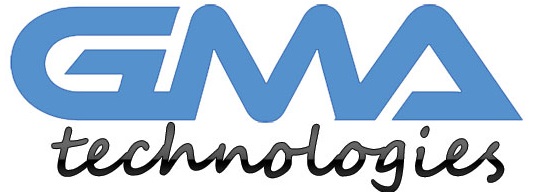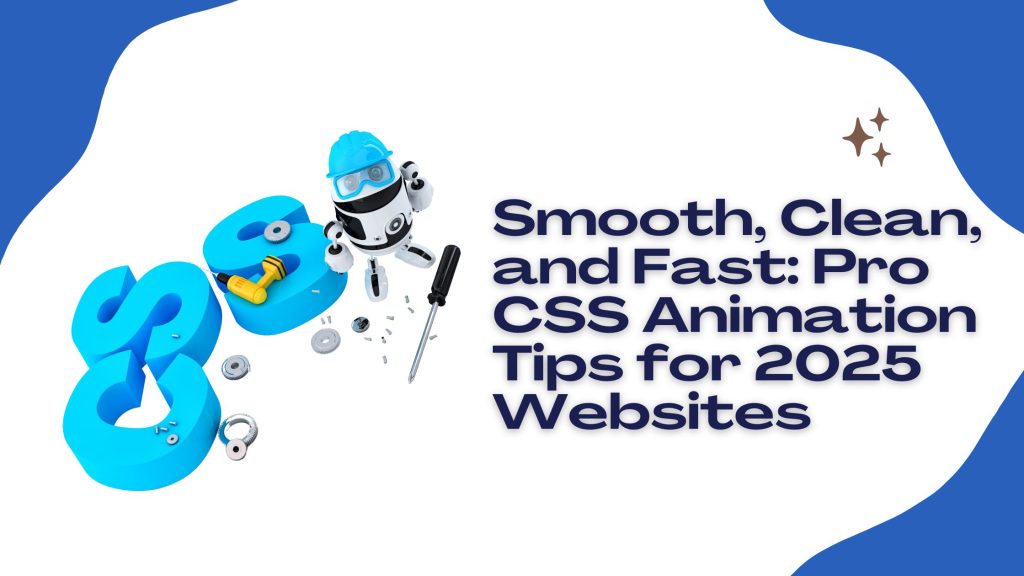When it comes to designing websites, animation is a powerful tool that can make your site stand out and engage users in a unique way. CSS animation allows you to add movement and interactivity to your website without the need for any additional software or plugins . In the ever-evolving world of web design, CSS animation has emerged as a game changer in the world of web design. It breathes life into static pages, capturing user attention and enhancing overall experience. As we head into 2025, mastering these techniques is more crucial than ever. Imagine transforming your website from ordinary to extraordinary with a few simple lines of code.
CSS animations provide an opportunity to convey messages subtly while keeping visitors engaged. From eye-catching hover effects to dynamic loading sequences, they add flair without compromising performance. Whether you’re a seasoned developer or just starting out, incorporating smooth animations can elevate your projects significantly.
Let’s take a look at some pro CSS animation tips that will help you create smooth, clean, and fast websites in 2025. Explore essential CSS animation tips that will keep your websites looking fresh and modern in 2025!
The Advantages of Using CSS Animation
CSS animations bring a dynamic edge to web design. They engage users, making interactions more enjoyable and memorable.
One of the key advantages is improved user experience. Subtle movements can guide visitors’ attention toward important elements, enhancing navigation and overall flow.
Performance is another crucial factor. Unlike heavy JavaScript animations, CSS animations are lightweight and run smoothly across devices, ensuring faster load times and better responsiveness.
Additionally, they encourage creativity in storytelling. Designers can craft visually appealing narratives that unfold as users scroll or interact with the site.
Using CSS for animation keeps your codebase cleaner. It separates style from behavior effectively, which enhances maintainability in the long run without sacrificing aesthetics or functionality.
Tips for Creating Smooth and Clean Animations
Creating smooth and clean animations requires attention to detail. Start by limiting the number of elements in motion at any given time. Too much action can overwhelm users, making your animation feel chaotic.
Focus on easing functions to make transitions more natural. Using “ease-in” or “ease-out” will provide a gentler start or finish, giving viewers visually satisfying experiences.
Keep your animations subtle. Small movements can have a significant impact without distracting from content. This approach enhances user engagement while maintaining clarity.
Testing across browsers is crucial for consistency. What looks great on one may falter on another due to rendering differences.
Consider performance optimizations like reducing file sizes and using GPU acceleration when possible. Efficient animations not only look better but also enhance overall website speed and responsiveness.
Utilizing Keyframes and Transitions
Keyframes and transitions are essential tools in CSS animation that bring your designs to life. They give you the power to create intricate motion sequences.
Using keyframes, you can define specific points along an animation’s timeline. This allows for precise control over how elements move or change style. For example, you could design a smooth fade-in effect where an element gradually becomes visible.
Transitions work hand-in-hand with keyframes but focus on changes between two states of an element. Imagine hovering over a button that subtly shifts color while smoothly transitioning between its normal state and the hover state.
Combining both techniques lets you achieve dynamic results without overwhelming users. Experiment with different durations, easing functions, and delays to make animations feel natural and engaging rather than jarring or abrupt.
Incorporating Advanced Techniques such as 3D Transformations
3D transformations can elevate your website’s design, creating immersive experiences that captivate users. By manipulating elements in three-dimensional space, you can add depth and dimension to your animations.
To get started, familiarize yourself with the `transform` property. You’ll use functions like `rotateX()`, `rotateY()`, and `translateZ()` to achieve stunning effects. These allow for dynamic interactions that pull viewers into the content rather than just presenting it flatly.
Consider layering multiple transformations together. Combining rotations with translations not only enhances visual appeal but also increases engagement as users explore various angles of your design.
Don’t forget about perspective! Setting a perspective value on a parent container creates an illusion of depth for child elements. This small adjustment dramatically impacts how 3D transforms appear, making them feel more realistic and tactile to visitors navigating your site.
Experiment boldly with these techniques — they hold immense potential in breathing life into static web pages.
Tools and Resources for CSS Animation
When diving into CSS animations, having the right tools can make all the difference. Start with browser developer tools. They allow you to inspect and modify your animations in real-time.
Next, websites like CodePen and JSFiddle are fantastic for experimenting with ideas. You can see immediate results as you tweak your code.
For learning resources, platforms such as MDN Web Docs offer comprehensive guides on CSS properties and animation techniques. Tutorials from sites like CSS-Tricks provide practical examples to inspire your creativity.
Don’t overlook design libraries too. Frameworks like Animate.css give you pre-built styles that save time while boosting visual appeal.
Consider animation software such as Adobe After Effects for creating complex sequences before translating them into CSS code. Having a variety of resources at hand will enhance your workflow significantly.
Implementing CSS Animations on Your Website in 2025
Implementing CSS animations on your website in 2025 will be easier than ever. With advancements in browser technology, you can create stunning visuals that enhance user engagement.
Start by incorporating simple animations for buttons or loading screens. These small touches can provide instant feedback to users, making navigation feel fluid and intuitive.
Consider using libraries like Animate.css or GSAP (GreenSock Animation Platform) to streamline the process. These tools offer pre-built animations that you can easily customize.
Don’t forget mobile optimization. Ensure your animations are responsive and perform well across various devices. Test them thoroughly to maintain a seamless experience for all users.
Accessibility is also key; ensure animated elements don’t distract from content or hinder usability. Provide options for users who prefer reduced motion settings within their device preferences.
Experiment with layering effects and timing functions to add depth without overwhelming visitors’ senses. Each detail contributes to creating a polished, modern website experience in 2025.
Conclusion
CSS animations have become an essential part of modern web design. They elevate user experience and create visually appealing interfaces that engage visitors. By mastering the art of CSS animation, you can make your website stand out in a crowded digital landscape.
The tips shared here provide a solid foundation for creating smooth, clean animations that enhance your site’s functionality and aesthetics. Whether you’re experimenting with keyframes or diving into advanced techniques like 3D transformations, there is always something new to learn and explore.
As technology evolves, so do best practices in web design. Staying on top of current trends will ensure your skills remain sharp and relevant. With the right tools at your disposal, implementing these CSS Animation Tips will undoubtedly take your website to new heights in 2025 and beyond.
Harnessing the power of CSS animations not only improves visual appeal but also keeps users engaged longer. As you implement these strategies, remember to keep performance optimization in mind for the best results across devices.

